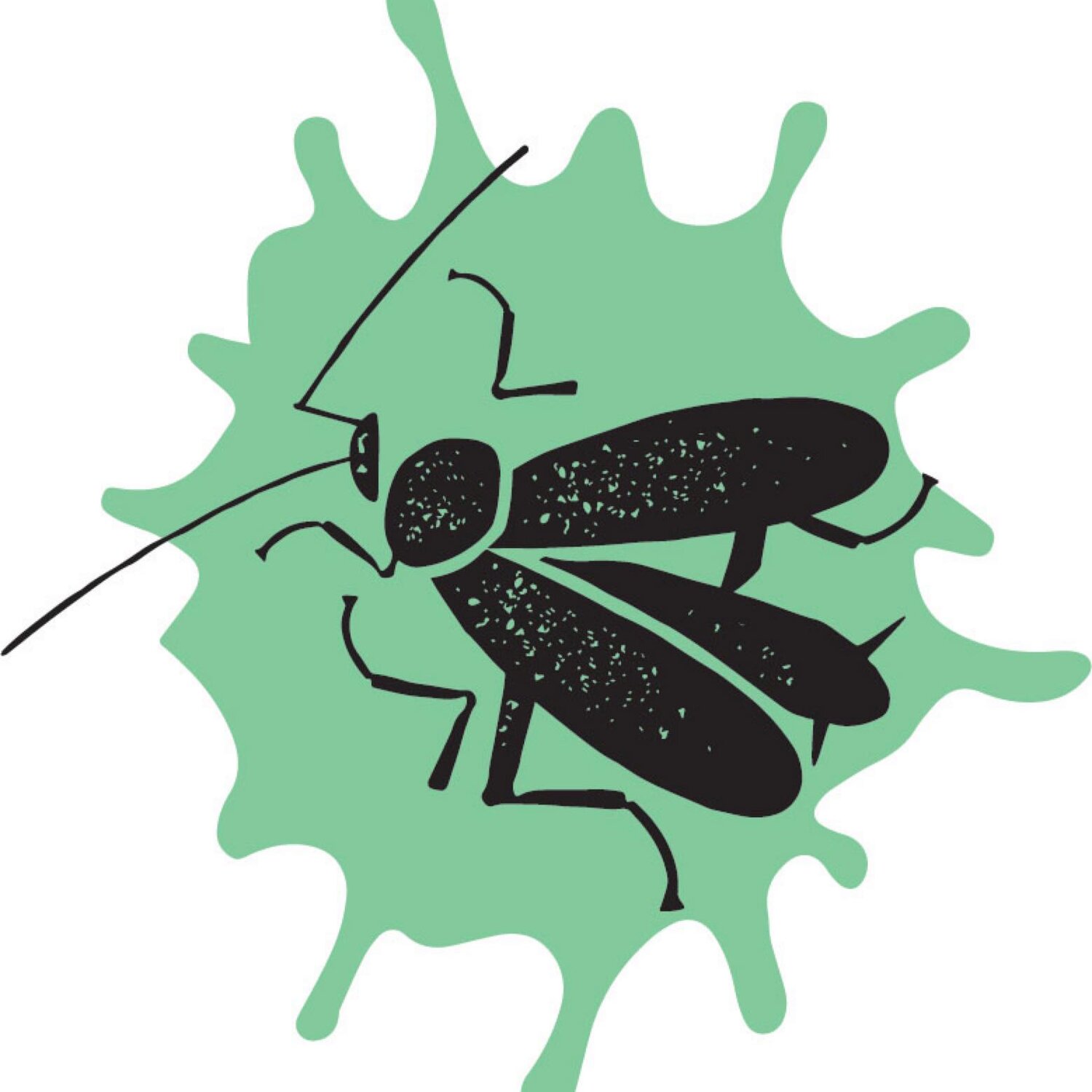Time Constraint: How Long Does Termite Control Last
A termite barrier system’s life expectancy depends on the concentration of chemicals used, their effectiveness, the quality of materials and installation, and even the homeowner. At least, that is when an under-slab barrier was installed. A homeowner would usually choose whatever termite treatment was most affordable or convenient for them at the time.
Termite control systems are better than they used to be. A single container of high-quality liquid can usually be used to line the perimeter of an average home, covering a length of 80 linear metres. Other measures must also be invested in to protect a typical home adequately. That comes to about 800 litres of substance per house, enough to last for as many as eight years.
Quick Facts
Ten years ago, chemicals were the most popular method of controlling pests. However, technological advancements led to more effective, less harmful pest control techniques. Legislation changed, stating that new houses could not use chemical treatments unless they were refillable. As a result, builders switched to physical termite control systems.
How Long Do Termite Barriers Last?
Termite barriers are plastic barriers installed around the perimeter of your home or any other house during construction. After 2001, they were compulsory in the building code of practices and applied to all homes. These types of barriers last for 20 years. They may sound too good to be accurate; however, termite barriers are often misunderstood because they are only a piece of plastic acting as a deterrent.
Some parts of the barrier crack over time, which termites pass through and get into your home without realizing. A perimeter-barrier product is designed to destroy the termite colony in the soil as the termites travel towards your home.
How Long Do Termite Bait Stations Last?
Termite bait stations are a different form of termite control and elimination than physical or chemical barriers because they allow homeowners to spot the pests early on. Physical and chemical barriers around the house help the homeowner react before any damage.
Unlike the physical and chemical barriers, termite bait stations must be maintained for at least one month before results can be seen. Once active termites are found in the bait, an insect growth regulator is added to eliminate the colony near the property. This type of termite control is an excellent way to protect a home but is only suitable for homes on sloping sites.
Longer Lifespan Does Not Mean Efficiency
Several products on the market promise a higher life expectancy of around ten years, but this is frequently false and wrong. For instance, bifenthrin may have a longer shelf life than termiticide but works as a repellent. Bifenthrin is worthless because termites can detect and steer clear of it in the soil. Termites will maneuver around the product in this situation and enter your house.
Building and termite inspectors at Effective Building & Consultancy rely on the chemical termite barrier system because of its effectiveness. Because they are odourless, termites will pass right through the poison, transport it back to the central nest, and decimate the colony. The industry's significant preference for chemical termite barrier solutions arises mainly from this.
Conclusion
Termite barriers are an excellent way to protect your home. The only drawback to using these methods is that they may not eliminate all of the termites in the area. They will, however, control the colony's growth and prevent it from spreading.
If you want better termite control, you should contact D-Day Pest Control. We can help manage any pests and prevent a full invasion. So, call us now for more information!
